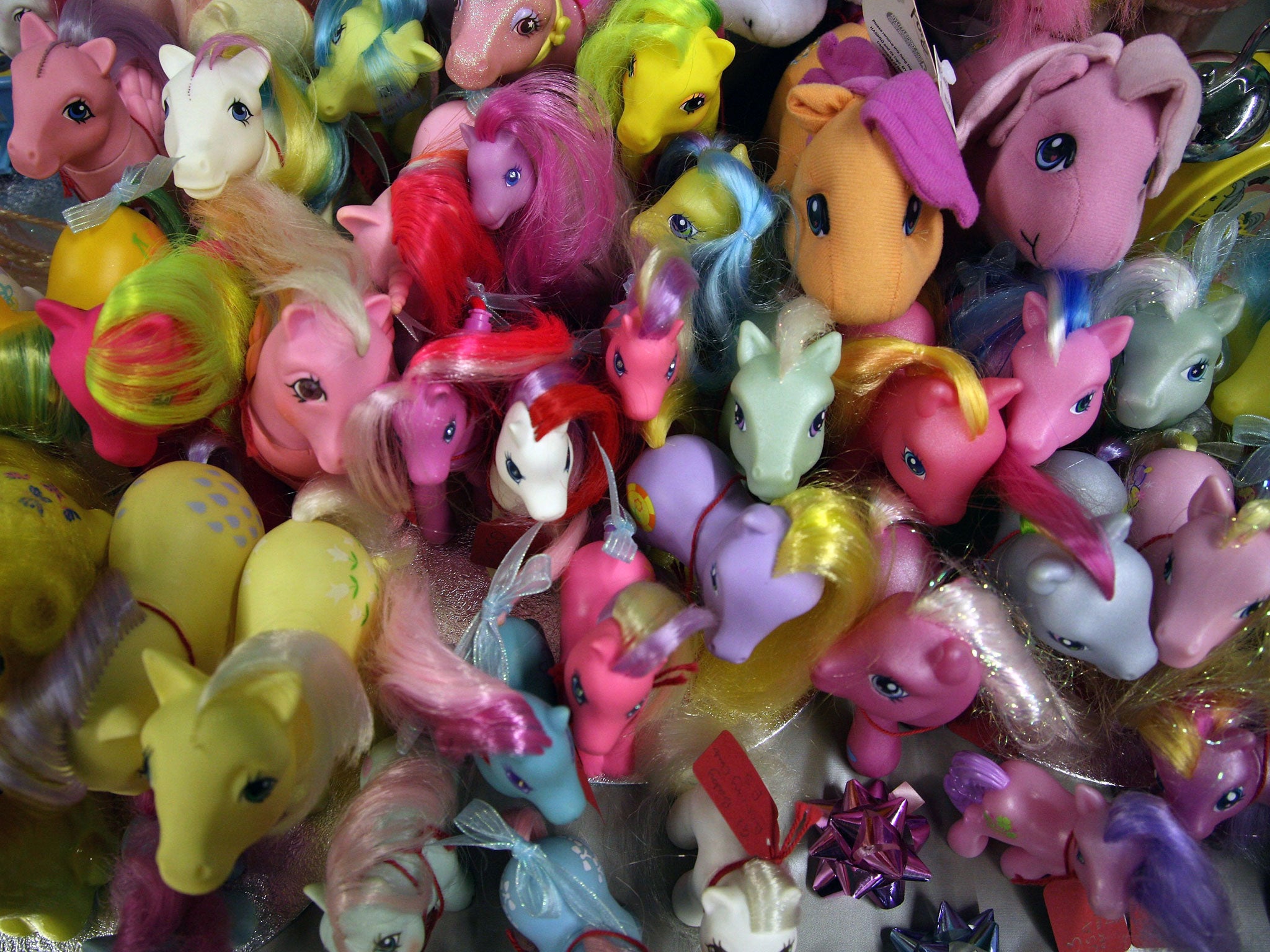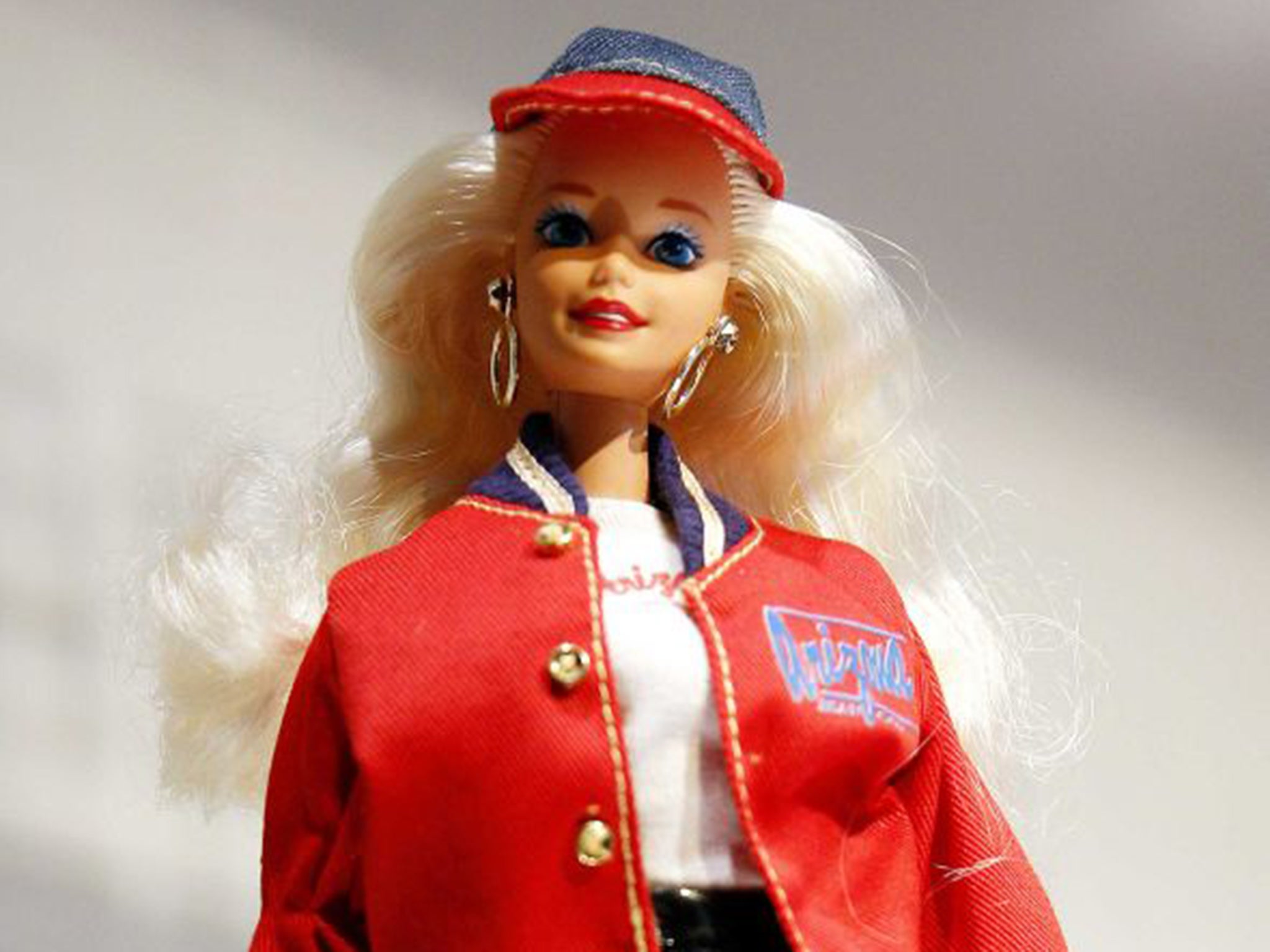Toys from the Seventies and Eighties could be poisoning your children
Study finds lead, cadmium and even arsenic in many plastic toys from the period

Passing on childhood toys to your offspring may seem like a touching thing to do, but new research has found you could actually be poisoning them. A study found lead, cadmium and even arsenic in an alarmingly high number of plastic toys made in the 1970s and 1980s.
One in four toys contained more than 10 times current safety limits for lead; a third of non-vinyl toys violated standards for both lead and cadmium; and a fifth contained arsenic. The highest concentrations of both cadmium and lead were found in yellow toy parts, some of which had up to 70 times the current limit for lead.
The findings, which have implications for toys donated to crèches and playgroups, come after Government safety inspectors revealed earlier this month that 40 per cent of electronic toys currently on sale had been found to breach rules on hazardous substances.
The researchers used specialist equipment to detect heavy metals in more than 100 vinyl and non-vinyl toys, including old Barbie dolls, Fisher Price Little People figurines and My Little Pony dolls.
Writing in the Journal of Environmental Health, US researchers from St Ambrose University, Iowa, said: “Vintage plastic toys frequently contain toxic heavy metals, particularly lead or cadmium, at concentrations exceeding current US and European limits. Old toys are still in frequent use and thus present an exposure that may be overlooked for children.
“Given that vintage toys remain in widespread use, the results illuminate a potential source of heavy metal exposure.”
Older toys are likely to have degraded over time, resulting in the release of small plastic particles as well as the toxic metals.
And children are particularly at risk from the sort of substances once widely used by the toy industry. “The developing brains and bodies of infants and young children are especially vulnerable to toxic exposures because they absorb and retain lead more efficiently than adults,” the researchers said.
“They are exposed to contaminated dust by playing close to the floor, they chew and occasionally swallow items, and they put their hands into their mouths after handling many toys.”

The researchers also looked at new toys, but found none contained cadmium, lead or arsenic, compared with as many as 69 per cent of the old ones.
“Most of the leaded yellow toys contained anywhere from 10 times to nearly 70 times the current limit of 100 parts per million [for lead] and, overall, the highest concentrations of both cadmium and lead were found in yellow toy parts,” the researchers said.
An insider at the Toy Retailers Association advised parents to check whether individual toys were suitable before passing them on.
“Any vintage toy is not bound to and is not likely to comply with current regulations. If people are concerned about a toy, they would need to make their own investigations,” he said.
“There is clearly no guarantee that a toy from 20 years ago is going to comply – indeed the majority of plastic toys or painted toys would not comply.”
Join our commenting forum
Join thought-provoking conversations, follow other Independent readers and see their replies
Comments